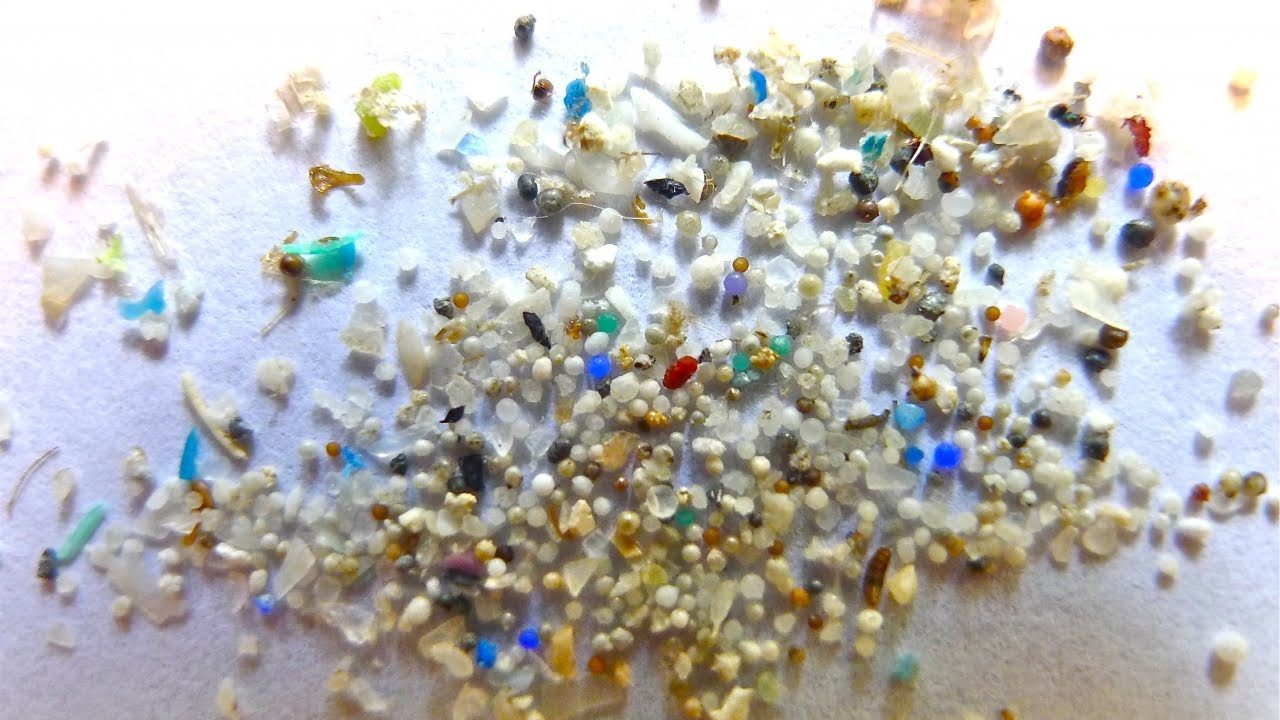The face wash and body scrubs with the tiny beads that promise to ‘exfoliate’ and ‘rejuvenate’ skin by peeling of ‘dead layers’ are fast becoming one of the greatest environmental threats. Their size and huge numbers are becoming a huge problem as soon as they make their way into marine ecosystems. Their small size means that their collective surface area is very large, allowing them to absorb huge amounts of toxins and other pollutants. Most sewer systems are not designed to filter microbeads from wastewater. Once in the water, they are ingested by marine animals that has led Greenpeace to call it a “toxic time bomb”.
In fact this has prompted countries to issue a ban on their use in cosmetics. In 2014 Netherlands became the first country to ban cosmetic microbeads, the United States enacted a ban in December 2015 and in 2016 the Canadian government added microbeads to list of toxic substances (they were already banned in Canada).
Microbeads, invented by John Ugelstad in 1976 was actually a medical breakthrough. These could help treat cancer help with HIV research and also form the basis of home pregnancy test. In science these are used to reach hard to get places and separate biological material. The Wired article further states that once magnetically charged these can be attracted to the surface of certain types of cell or bacteria. These however, become a menace when used cosmetically and produced in industrial quantities.
Some companies like Unilever, Proctor and Gamble, L’Oreal, Biotherm and Body Shop have either removed or are on track to remove these from their products. However, environmentalists worry that such voluntary approach will not suffice to tackle the scale of the problem.
India is facing large-scale microbeads pollution. Though the Bureau of Indian Standards (BIS) banned the use of microbeads in cosmetics in 2017, it will come into implementation in 2020. Once implemented, Central Drugs and Standards Control Organisation (CDSCO) will be responsible for enforcement and checks. The National Green Tribunal (NGT) has already issued many notices to the Government of India to comment on this environmental hazard.
Toxics Link did a study “Eco Personal Care Product, Microplastics in Cosmetics” in India and concluded that 28 per cent of all the tested products contained microplastics. This included 50 per cent of the face wash products and 67 per cent of the facial scrubs. Ultimately these end up in human food and even packaged water. Their effect on human health is detrimental as they absorb toxic chemicals like pesticides, flame retardants, motor oil etc. It is estimated that a single microbead can be up to a million times more toxic than the water around it.
The issue with microbeads is that it is not even realized by most as a form of pollutant. If large scale awareness is created about this issue many people may refrain from using products with microbeads. Brands in India should phase out usage of these products in cosmetics. A blanket ban on their usage cannot be imposed because of their relevance in medicine, however use in cosmetics can definitely be phased out.
In fact doctors contend that use of microbeads is anyway unsafe for use on skin or teeth (many toothpastes contain microbeads). These slough off skin and gums due to their abrasive properties and thereby attract more bacteria. Banning these from cosmetics and personal car products thus seems like a win-win solution for all.


















